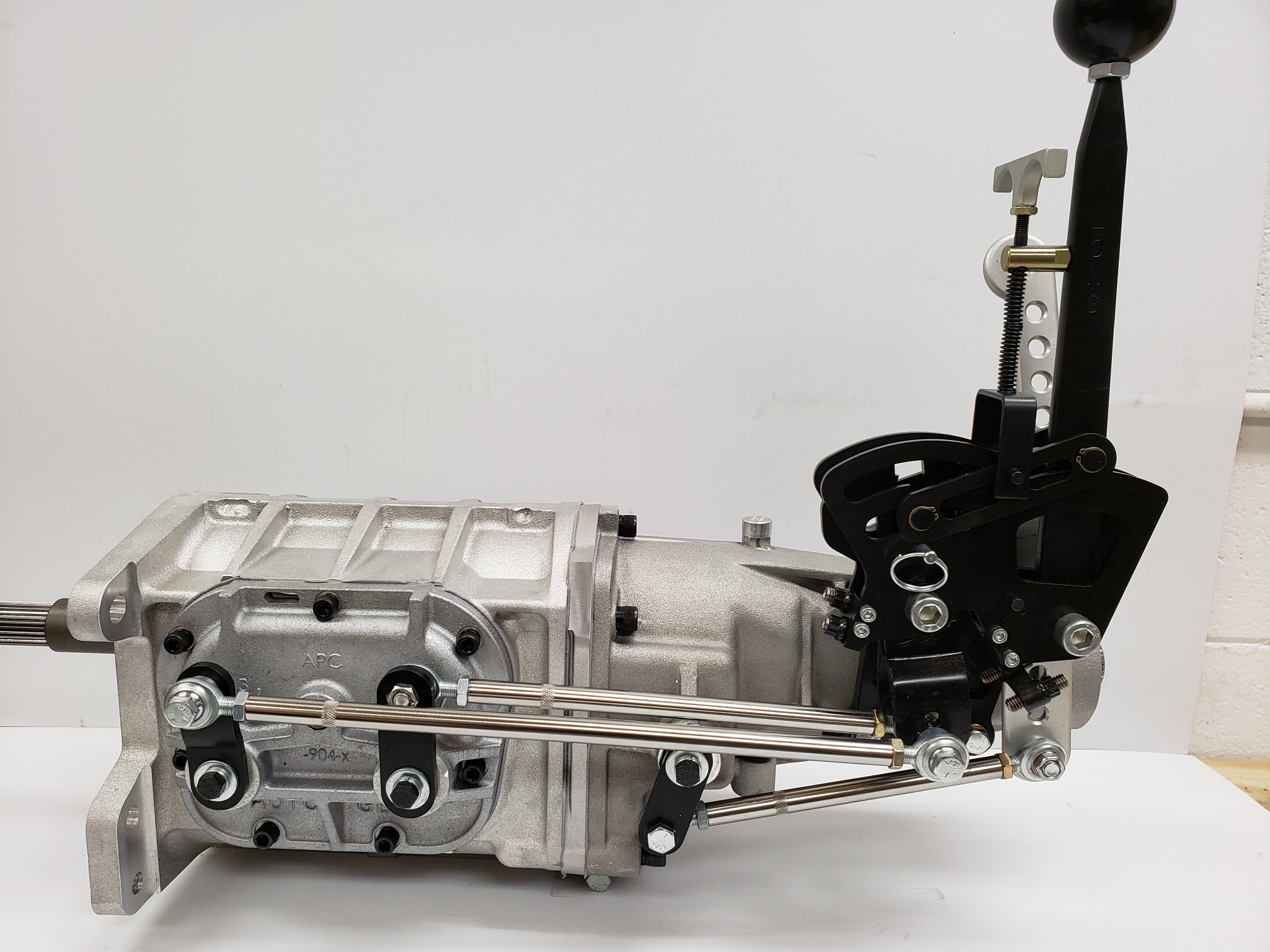Here's a time stamp of a crash test without HANS device using a harness, granted dummy has a helmet. Are you thinking without added helmet weight they wouldn't experience this?
One important point he makes that many might overlook is the proper placement of the lap belt.
Even if you are wearing a normal 3 point seatbelt in a car, that is great advice to keep in mind.
The force applied to your neck and skull is directly proportional to the speed you were traveling at, the deceleration speed and the weight your neck is supporting.
for a given crash speed above a baseline level, if your head is not restrained, a 1 or 2 pound bump helmet means less stress on your neck than a 5 to 6 pound helmet.
At high enough speeds, just the weight of your head is enough to cause serious or fatal injuries if not restrained, however adding 5 or 6 pounds to your head will lower the speed / impact threshold for causing your serious or fatal injuries.
However an unrestrained helmet would still provide a good level of protection from serious / fatal injuries from side impact events which are also very common in racing. So it comes down to the only safe way to go is to wear a helmet that is restrained.
No helmet = great danger of serious injury / death in any type of impact event
Helmet but no restraint = significant risk of serious injury / death in a front impact event at high speed
Restrained helmet = lower risk of serious injury / death in all types of impact events as compared to the above two.
In a normal vehicle the airbags are what provides a stopping force against your body moving too much and while they can also cause their own set of injuries or deaths, generally they help to increase the speed / impact threshold for where you can survive the crash without serious or fatal injuries.






